Birth of Admiral William T. Sampson
US Navy Rear Admiral William T. Sampson was born on February 9, 1840, in Palmyra, New York. He’s best known for his victory in the Spanish-American War Battle of Santiago de Cuba.
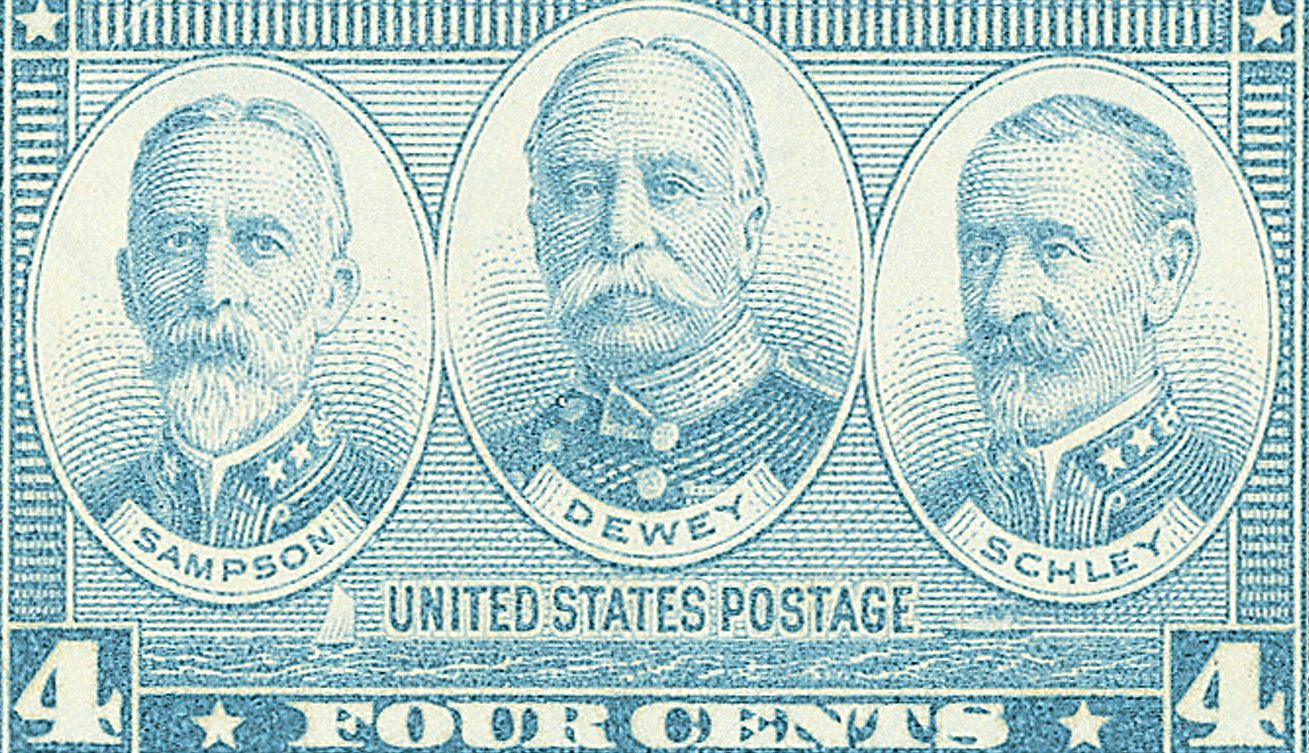
US Navy Rear Admiral William T. Sampson was born on February 9, 1840, in Palmyra, New York. He’s best known for his victory in the Spanish-American War Battle of Santiago de Cuba.
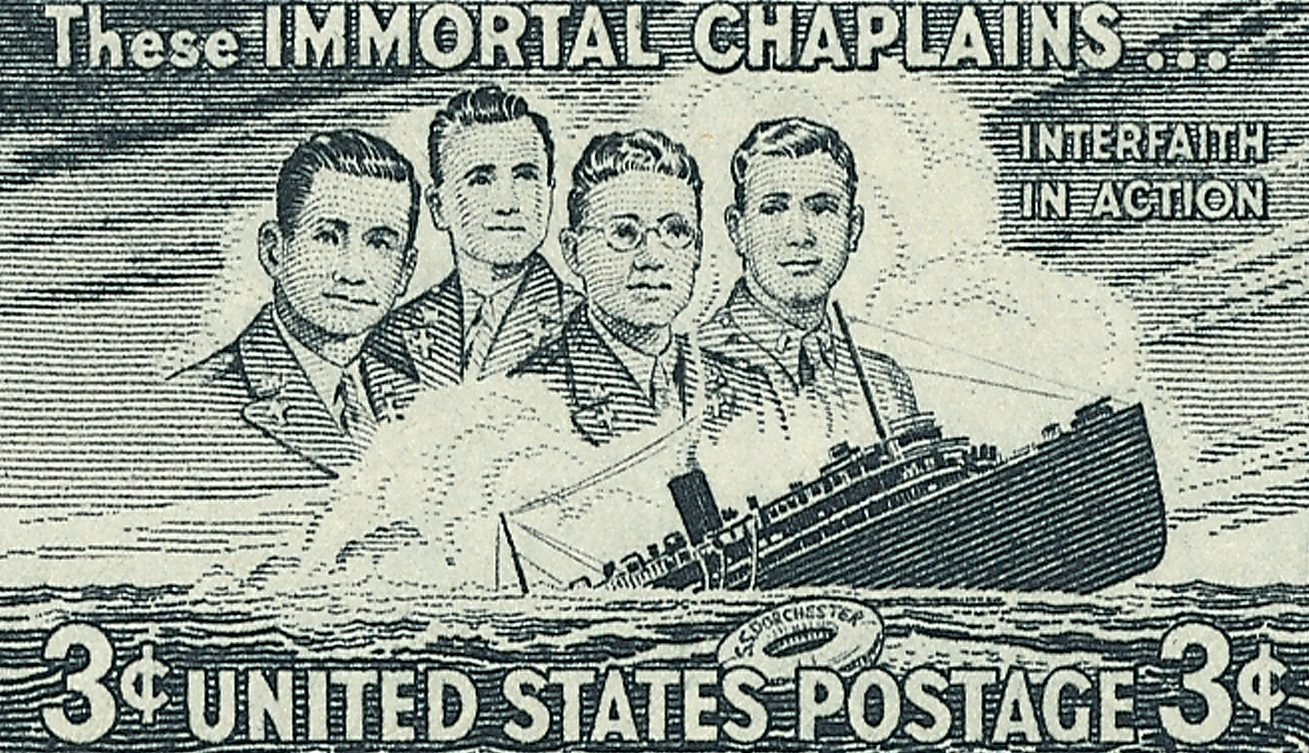
On February 3, 1943, after the SS Dorchester was sunk, the Four Chaplains sacrificed their lives to protect the other men on their boat. The sinking is considered the second-worst sea disaster of World War II.
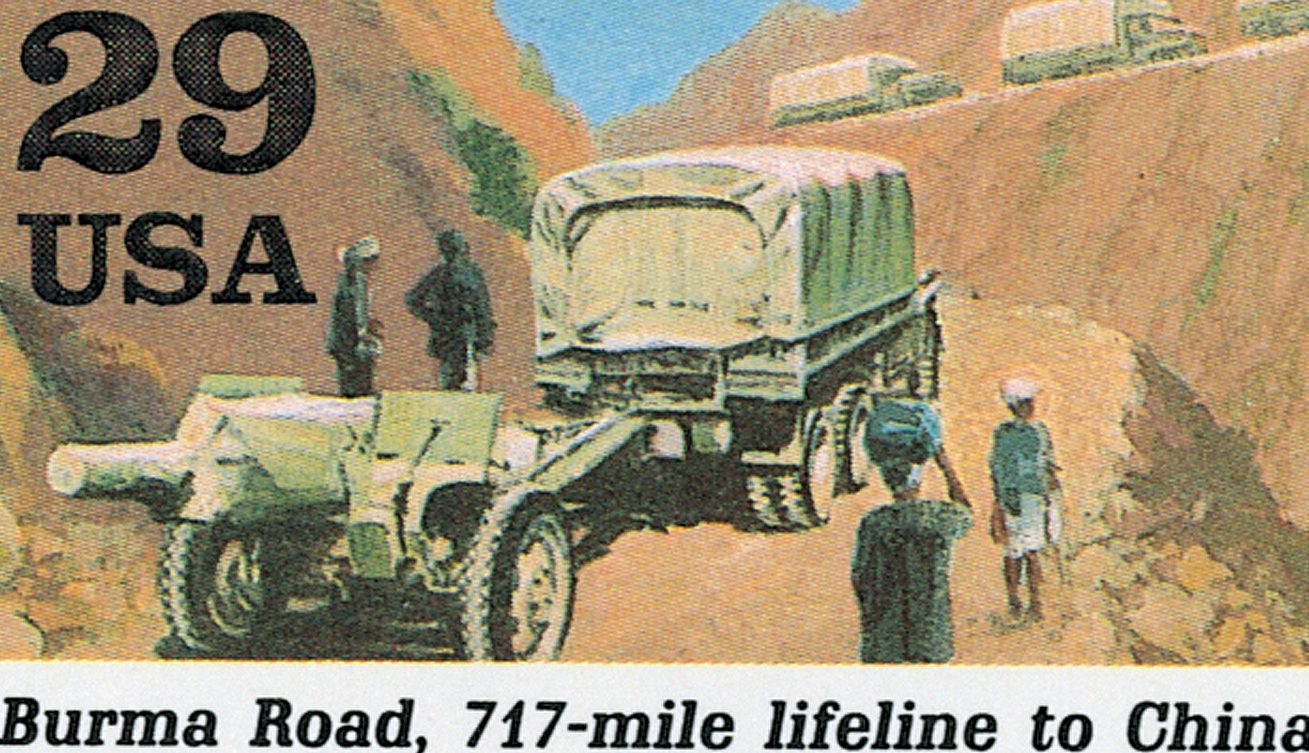
On January 28, 1945, the Burma Road, linking Burma with the southwest of China, was reopened. It was a vital supply road that helped contribute to victory in the region.
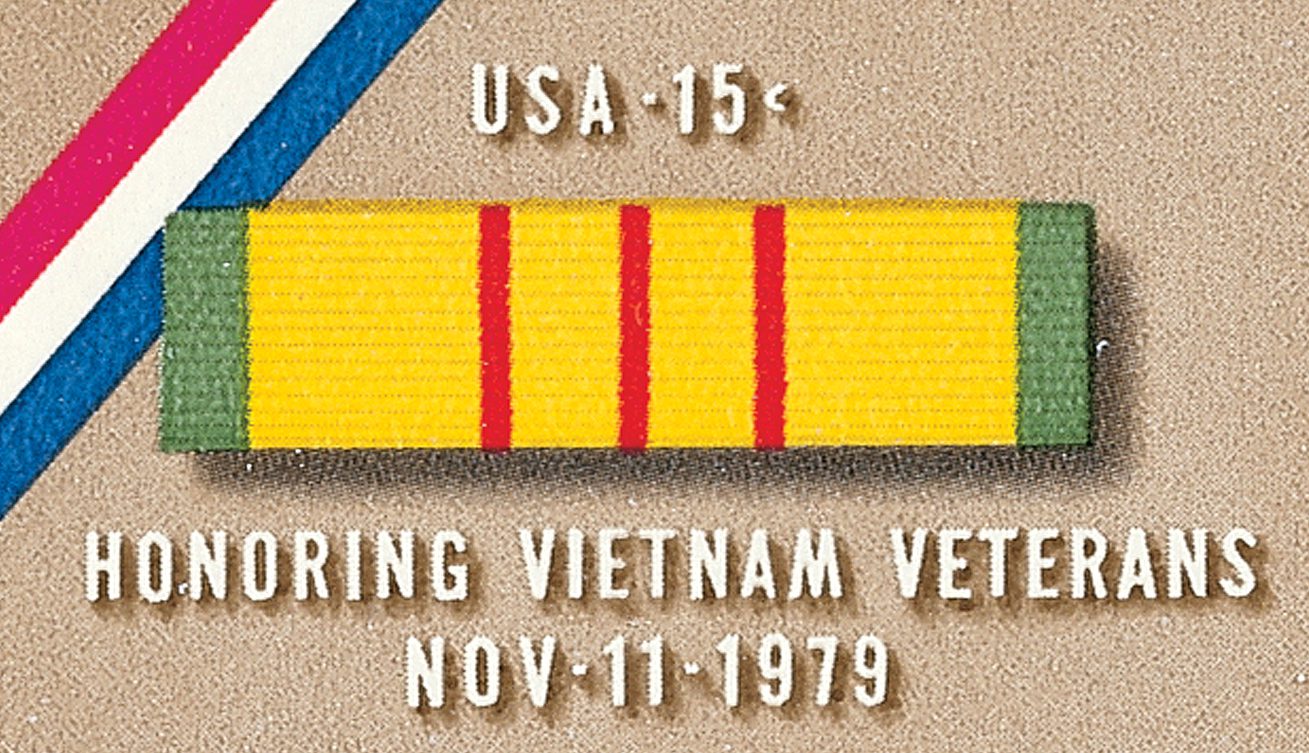
On January 27, 1973, the Paris Peace Accords ended US involvement in the Vietnam War. It marked the end of a decade of US presence in Vietnam, though the fighting would continue for two more years.
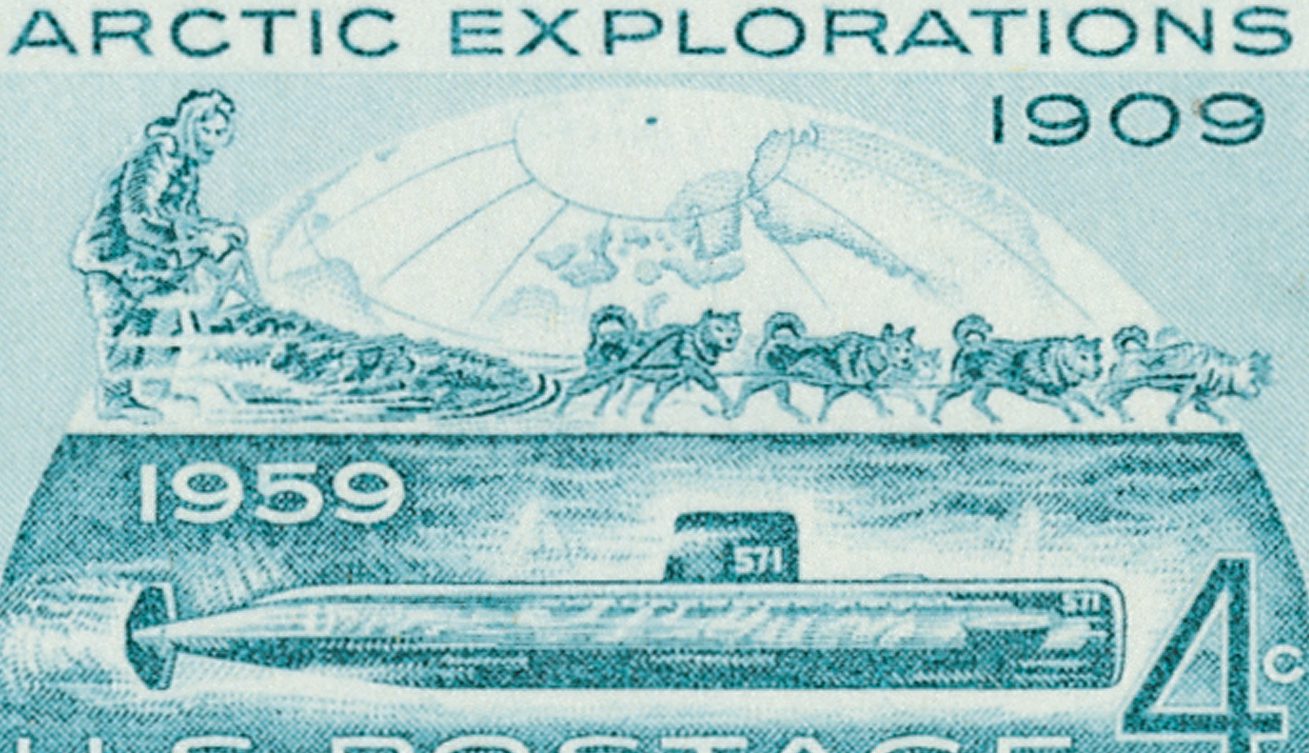
On January 21, 1954, the USS Nautilus, the world’s first operational nuclear-powered submarine, was launched. It would quickly break all speed and distance records and mark the start of a new age of underwater travel.
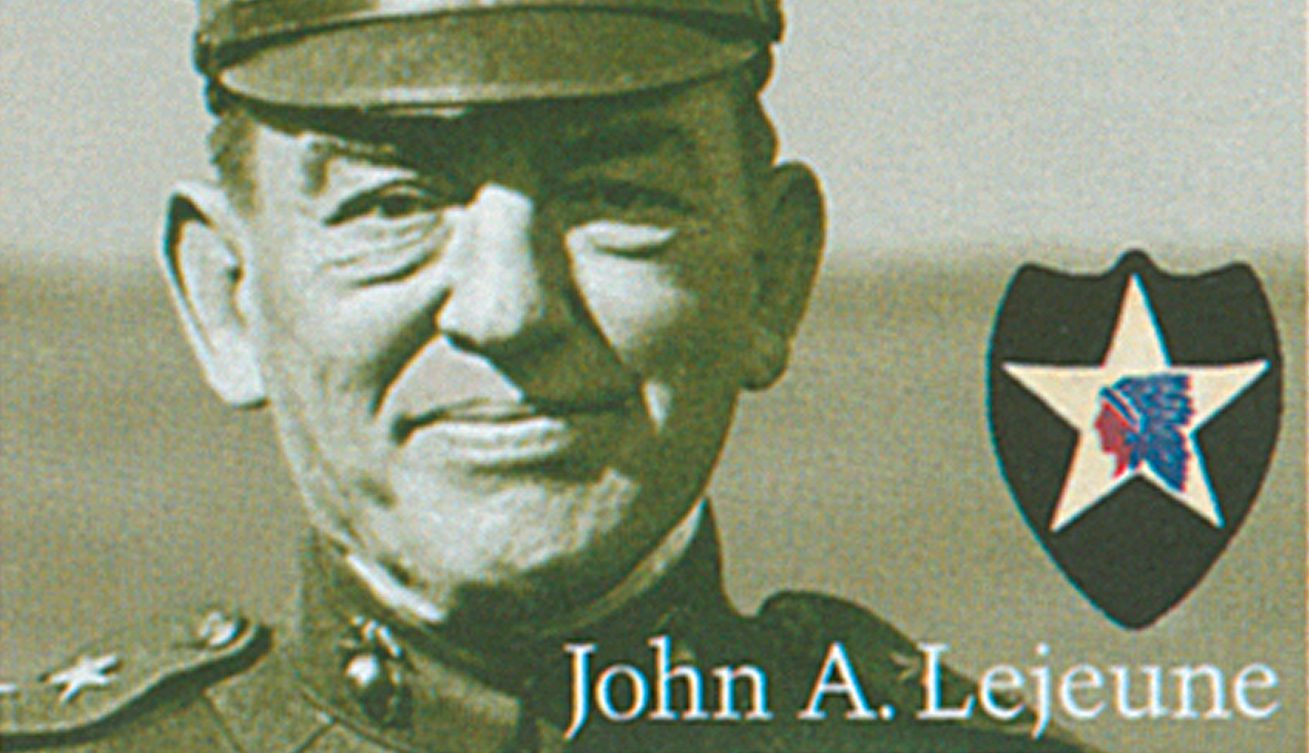
Marine Corps Commandant John Archer Lejeune was born on January 10, 1867, in Pointe Coupee Parish, Louisiana. Serving his country for nearly 40 years, he’s been called the “Greatest of all Leathernecks” and the “Marine’s Marine.”
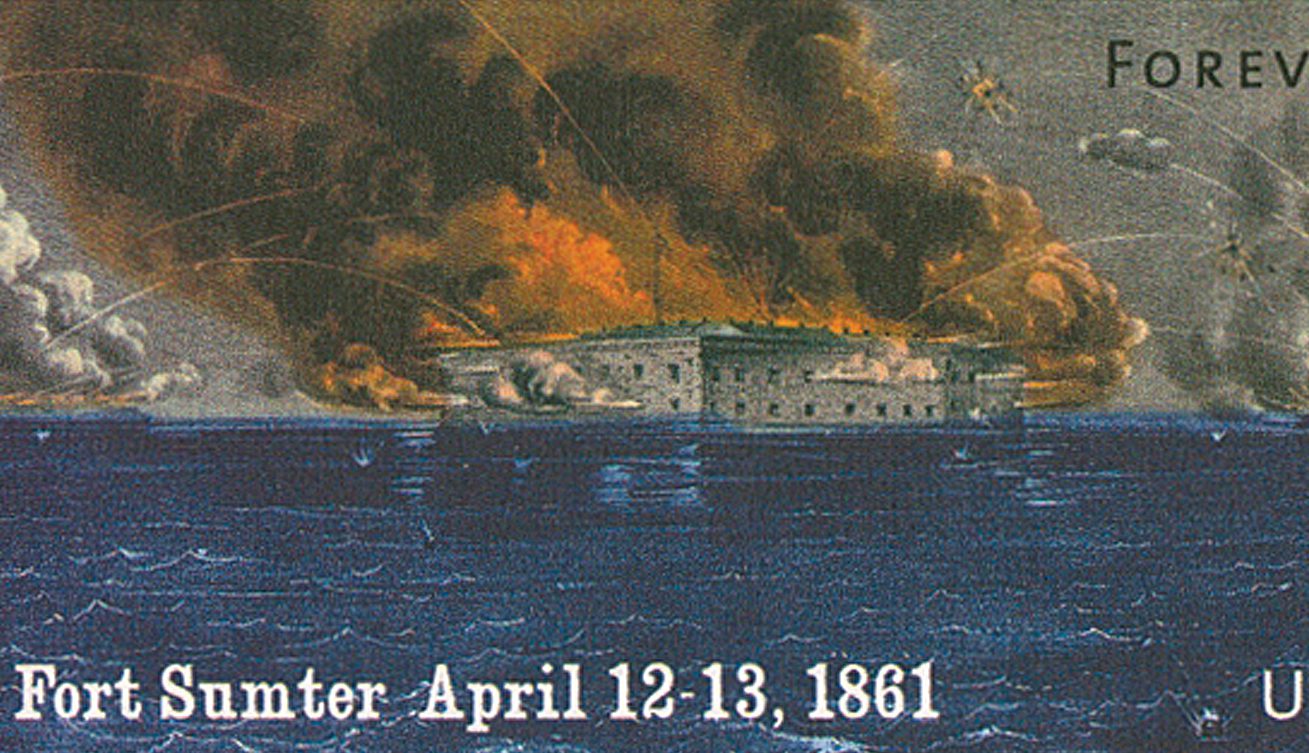
On January 9, 1861, Southern rebels fired on an American ship attempting to resupply Fort Sumter. Some consider these to be the opening shots of the Civil War.
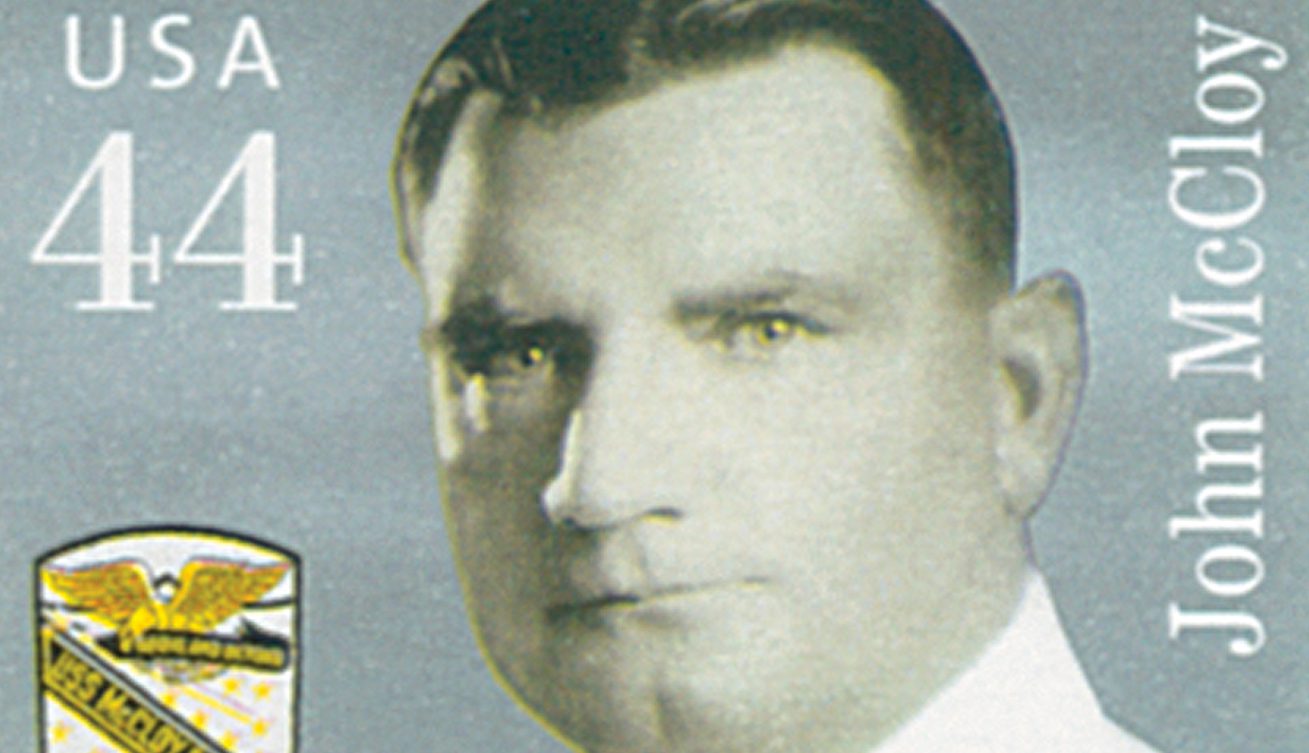
US Navy Lieutenant Commander John McCloy was born on January 3, 1876, in Brewster, New York. Serving with the Navy for 30 years, he’s one of just 19 servicemen to receive two Medals of Honor.

On January 1, 1911, Henry Benjamin Greenberg was born in New York City, New York. One of the greatest sluggers in baseball history, he put his career on hold to serve 47 months with the Army during World War II, the most of any major league player.